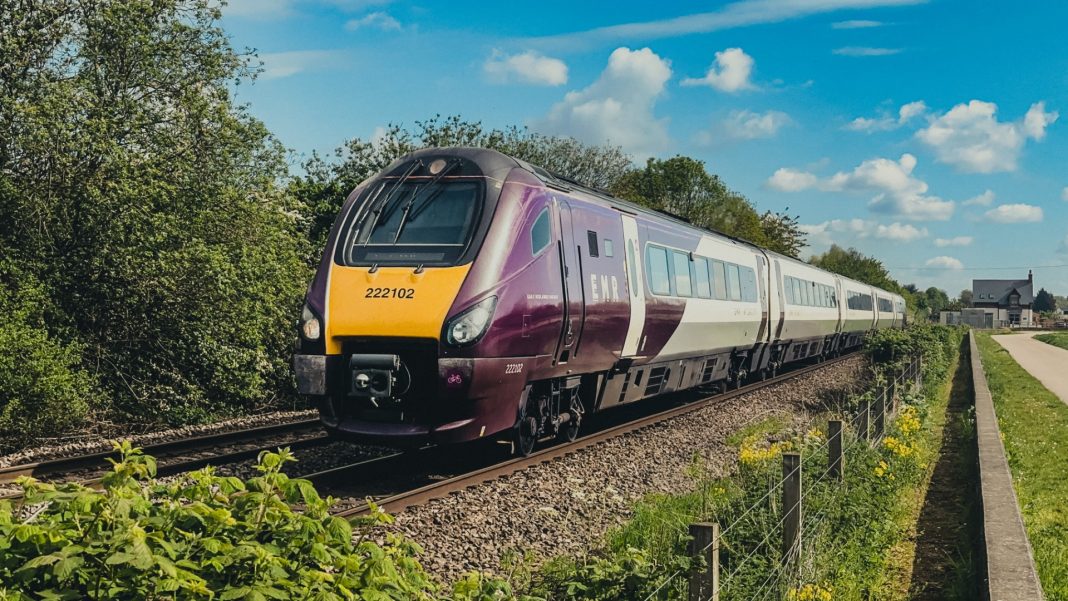Rishi Sunak has been urged to ‘switch on’ the East Midlands rail network as fast as possible by accelerating work to electrify the region’s main link to London.
The Midland Mainline carries 3.75 million passenger journeys a year between Chesterfield, Derby, Nottingham, Leicester and London, but trains still have to travel on diesel power for part of the journey – impacting emissions, reliability and the time it takes to travel.
While the Midland Mainline section between London and Bedford was switched to electric power in the 1980s, the final section into the heart of the East Midlands still hasn’t been upgraded 40 years on.
Now, the region’s local authorities have come together under the banner of Transport for East Midlands to call on government to name the date when work will start on a project that has been planned for years and was highlighted as a transport priority two years ago in government’s Integrated Rail Plan.
Sir Peter Soulsby, the elected Mayor of Leicester who also chairs Transport for the East Midlands (TfEM), said: “In the wake of the decision to cancel HS2, our message to the Government is simple and unequivocal – name the date for Midland Mainline electrification, sign the project off and switch on the East Midlands rail network.
“If we’re not proceeding with high-speed rail then we must upgrade our existing infrastructure as a matter of urgency. Midland Mainline will be able to offer a better service for more people on upgraded trains if the final stretch into the East Midlands is at last electrified.”
Sir Peter added: “We need to change Westminster’s attitude towards transport investment in the East Midlands. We receive too little, it takes too long, and the huge potential of our businesses and communities is not being fulfilled. This has to change if we’re to power up our future.”
As it stands, 80% of the environmental benefits of travelling by train instead of car can be lost due to the emissions from locomotives moving under diesel power. Diesel trains are also noisier, and impact air quality along the line and in stations.
Transport for East Midlands has set out the case for Midland Mainline electrification in a new report called ‘The Future is Electric’. Produced by expert transport analysts, the report shows that:
· Midland Mainline adds £450m a year to the economy
· Passenger numbers on the line have more than doubled since the 1990s
· Midland Mainline’s catchment is more densely populated than either West Coast or East Coast mainlines
· But while they are fully electrified, Midland Mainline is not
· Fully electric trains will be cheaper to operate, faster and more reliable
· Midland Mainline’s diesel operations emit 48,000 tonnes of CO2 a year
· Experience shows an electrification programme will benefit local jobs and businesses first.
Electrification of the final section of the Midland Mainline would also become part of a much wider electrically-powered rail corridor, joining up with government’s Network North plan for electrification of the Hope Valley Line between Manchester and Sheffield, the line between Leeds and Sheffield, and enhancements between Nottingham and Newark.
Sir Peter Soulsby said: “This isn’t just about the Midland Mainline finally receiving the investment it needs. It also makes strategic sense to upgrade the line so that it becomes part of a regional and national electrified rail network.”



